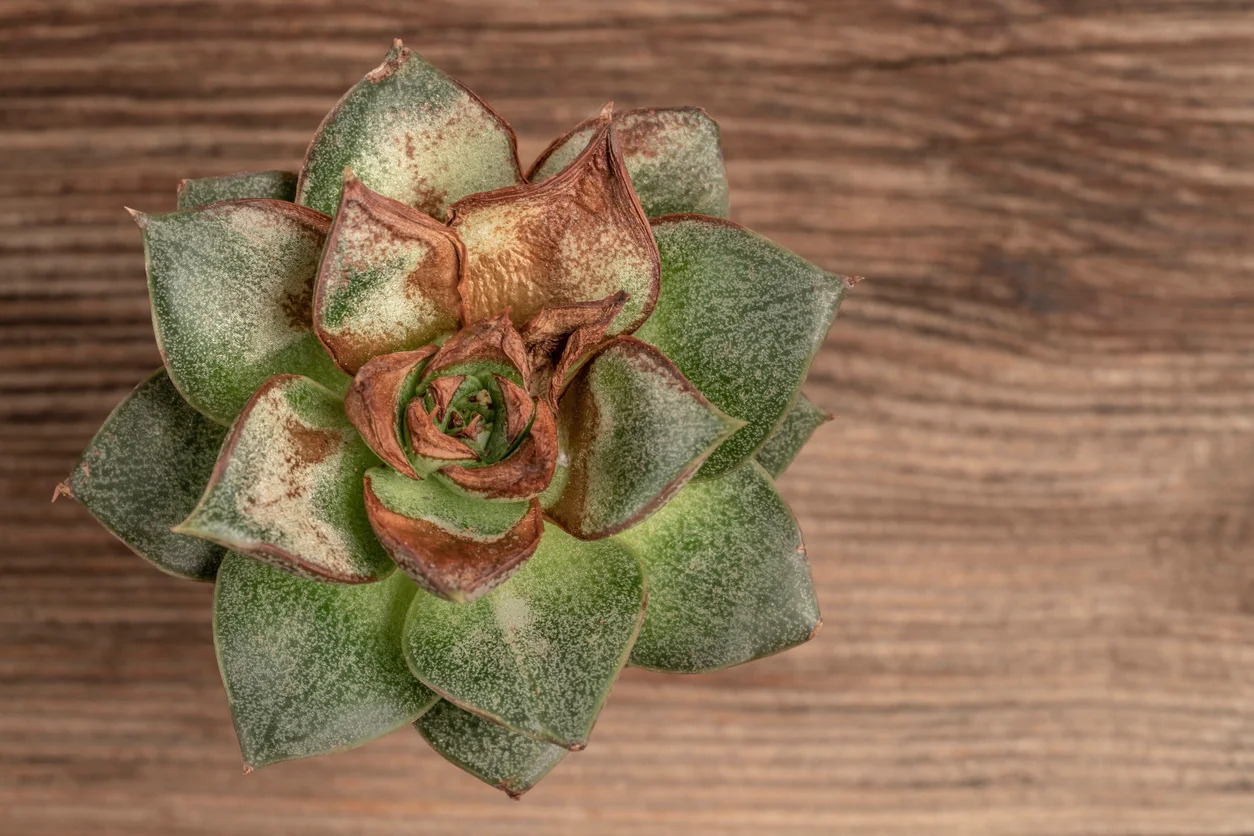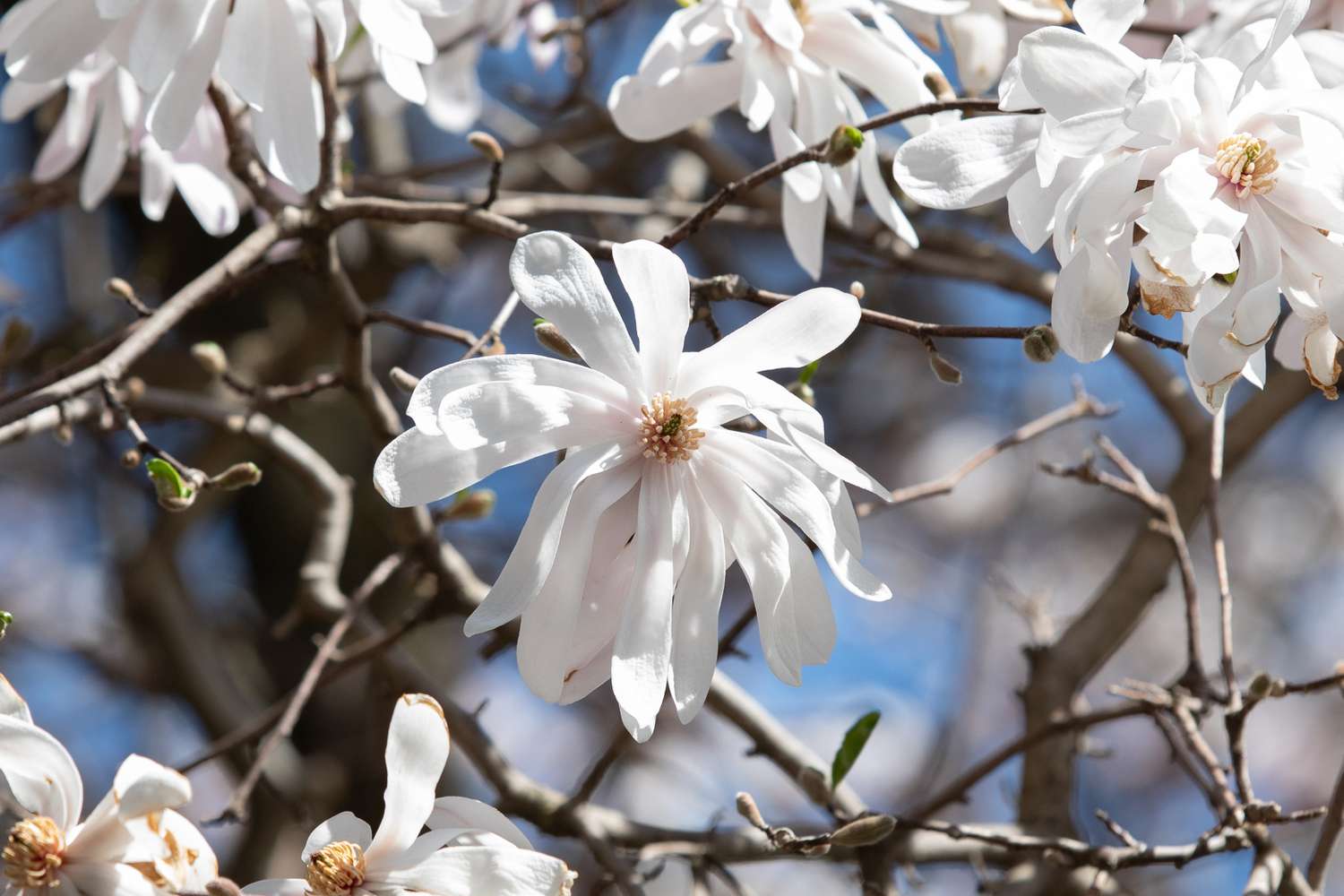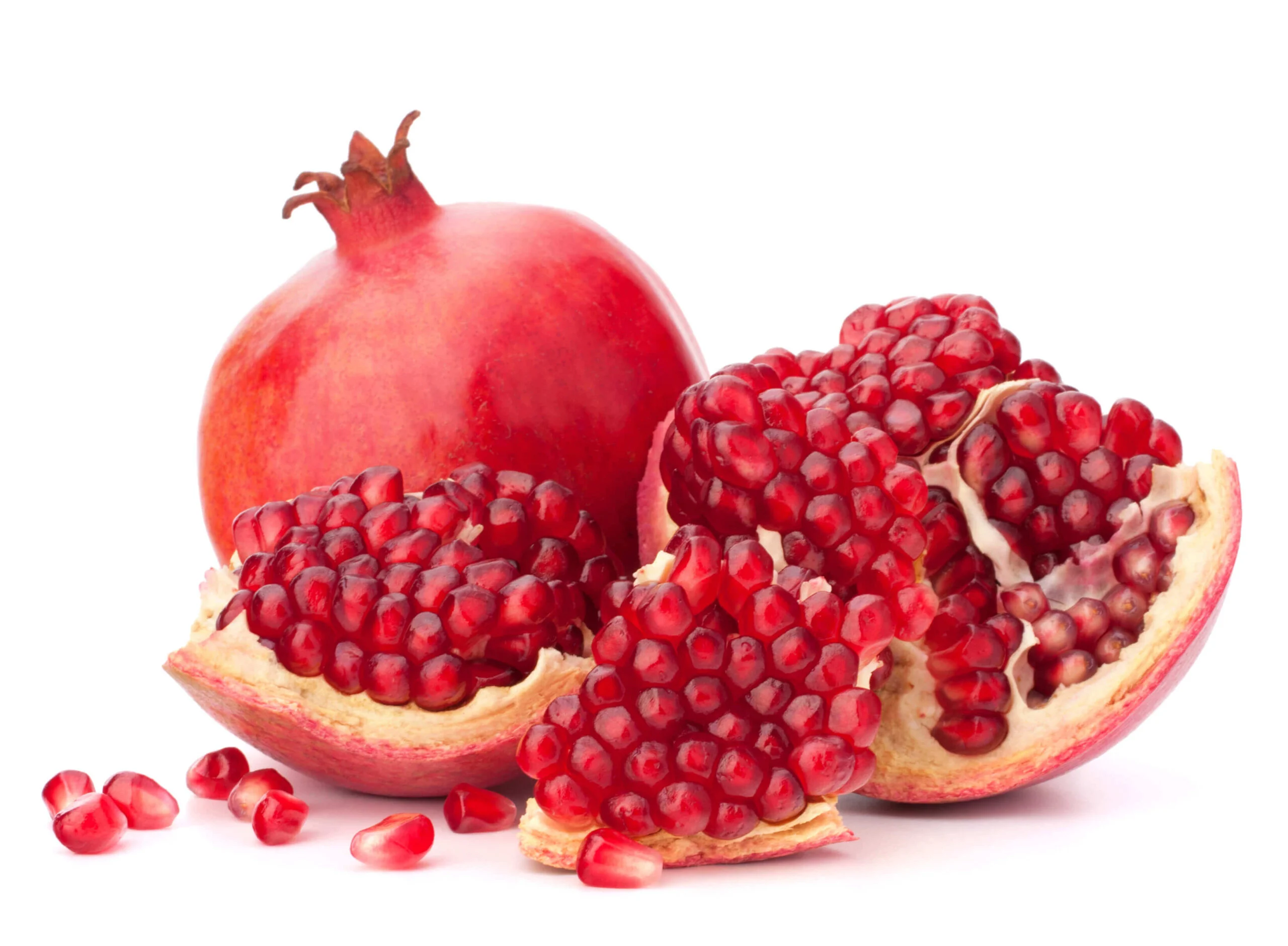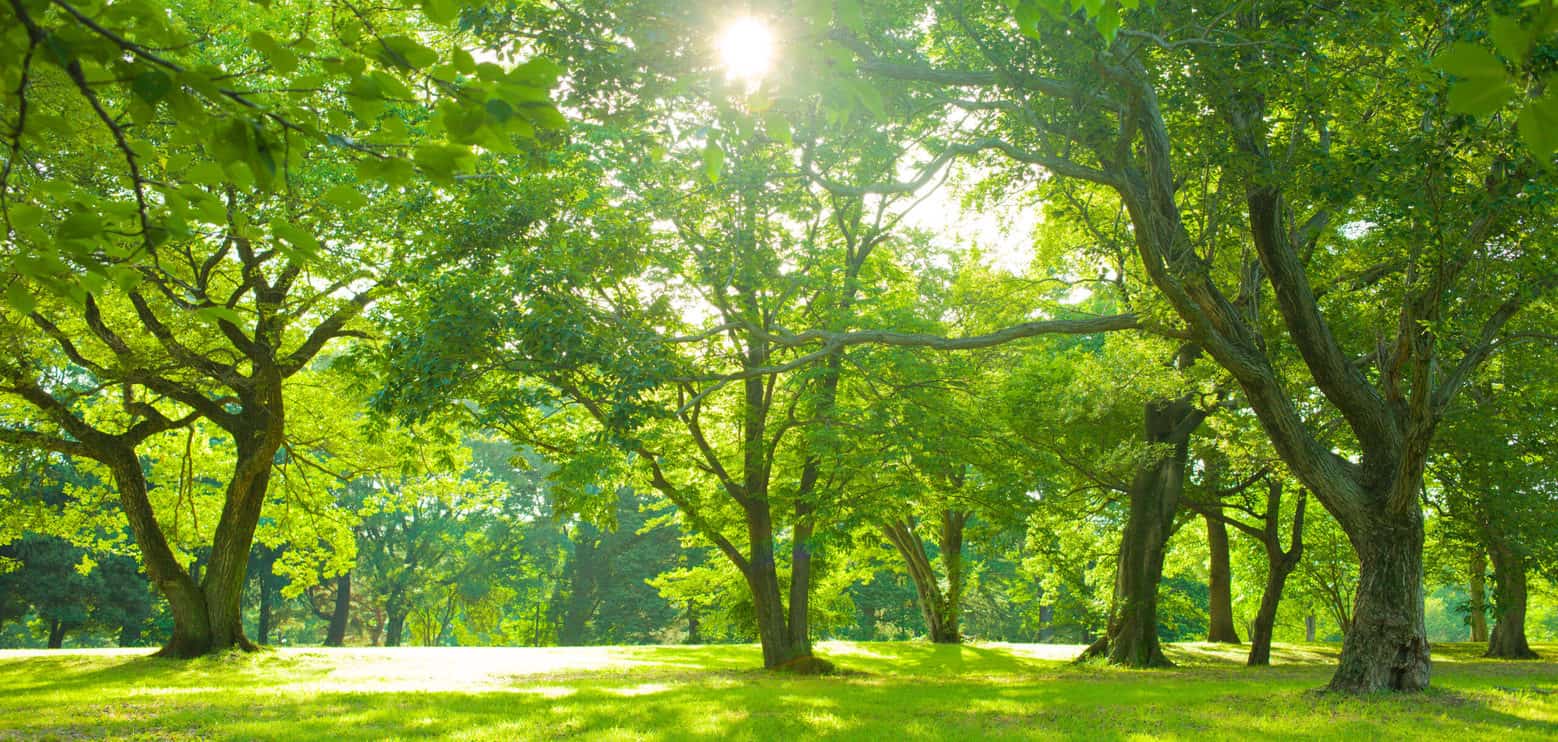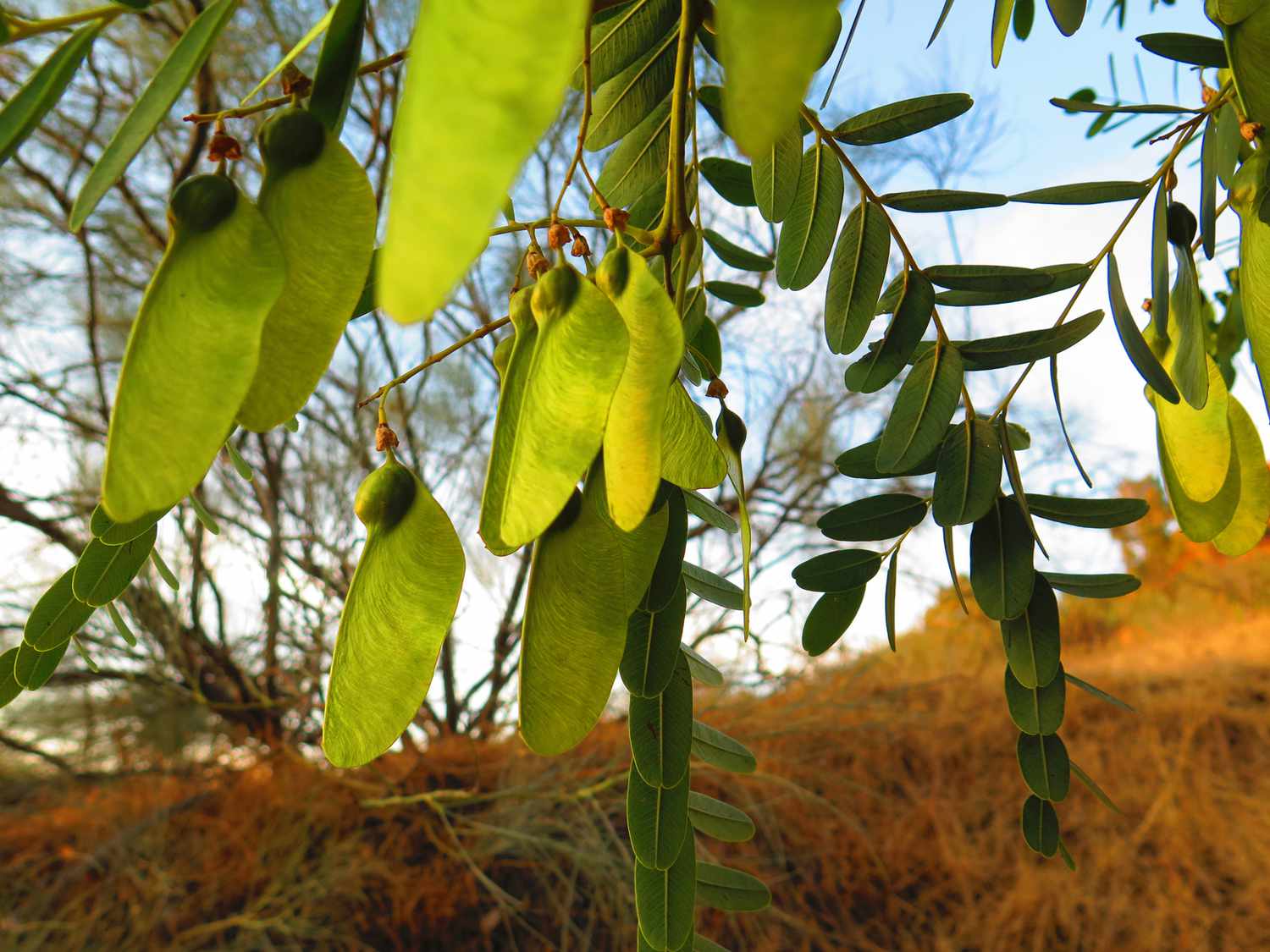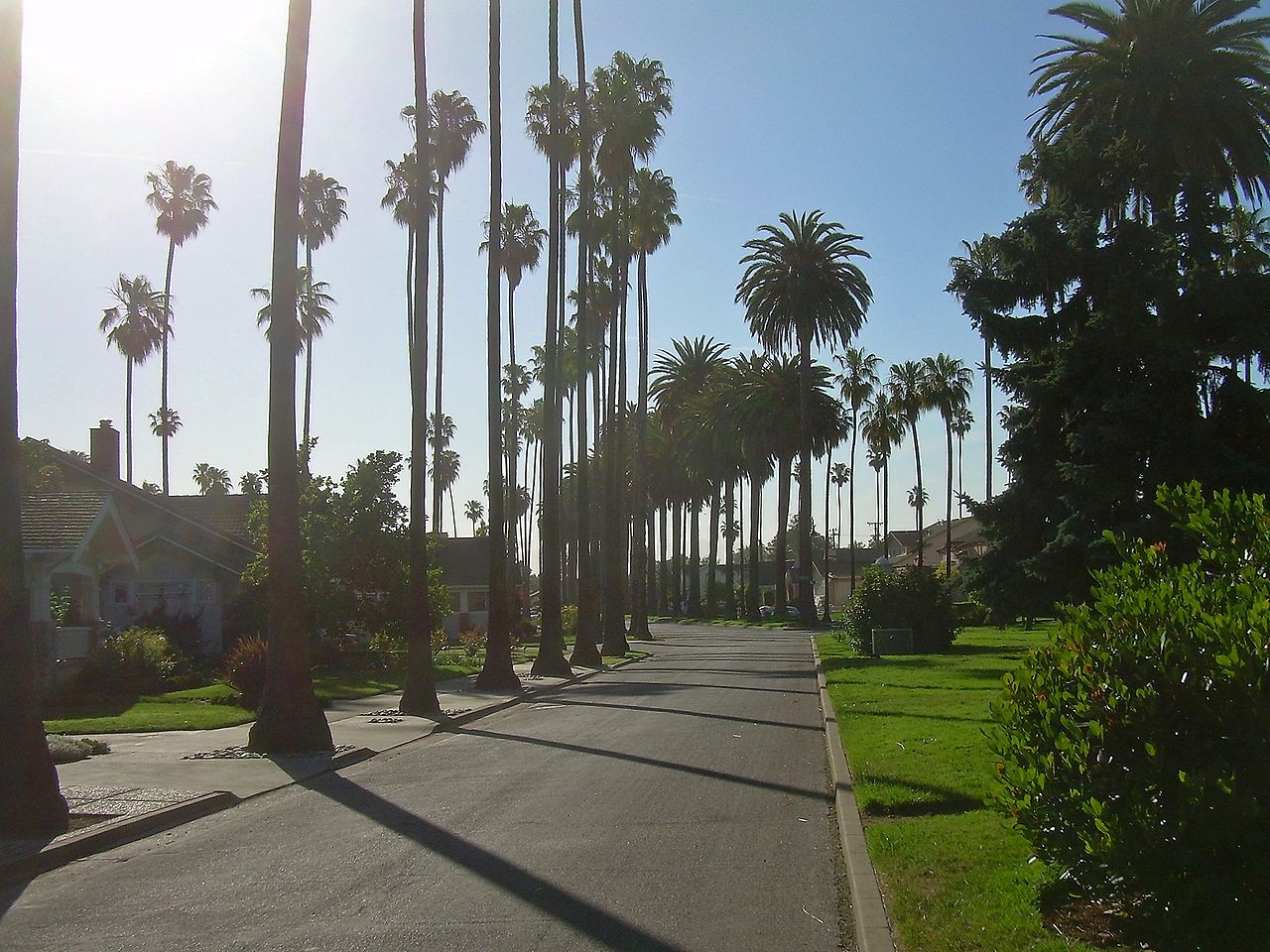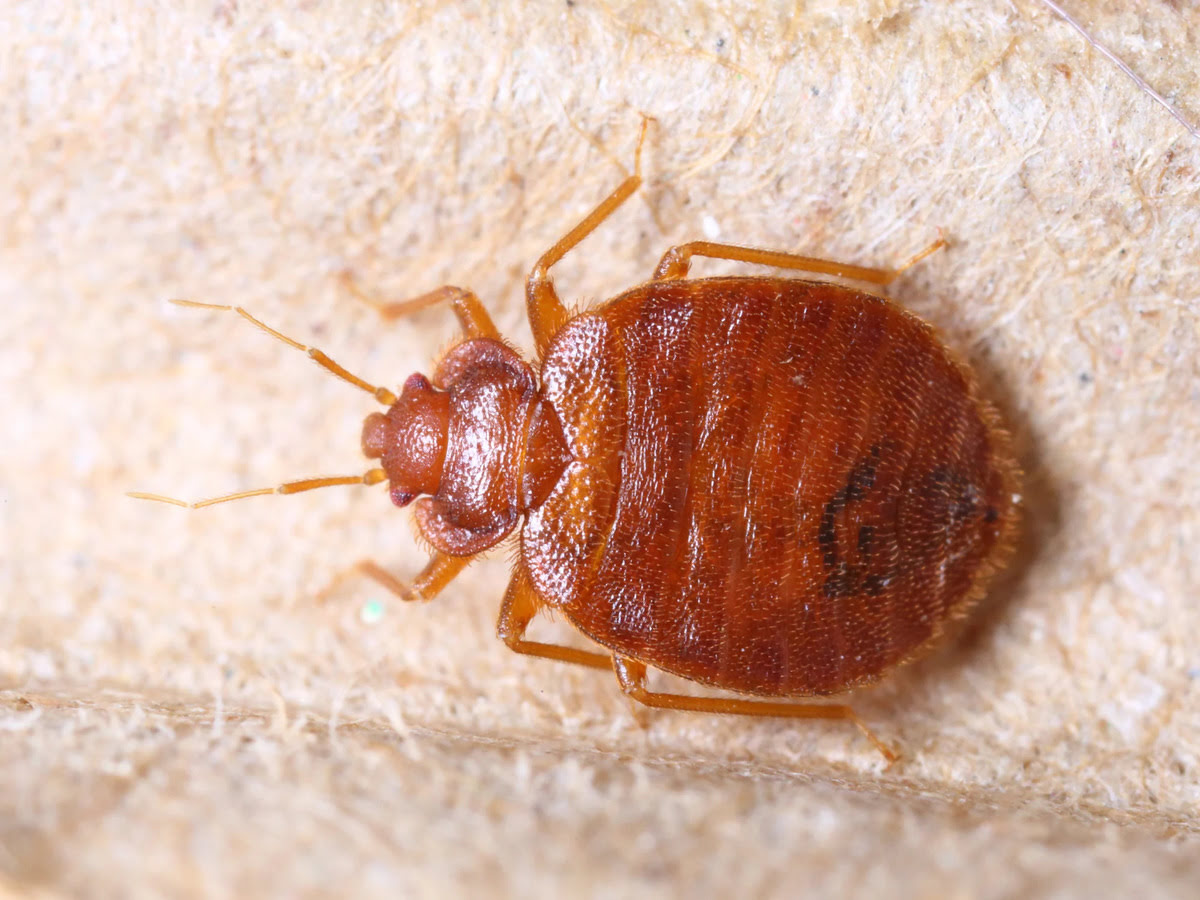Home>Gardening Basics>Understanding Soil>Why Does Iceland Have No Trees
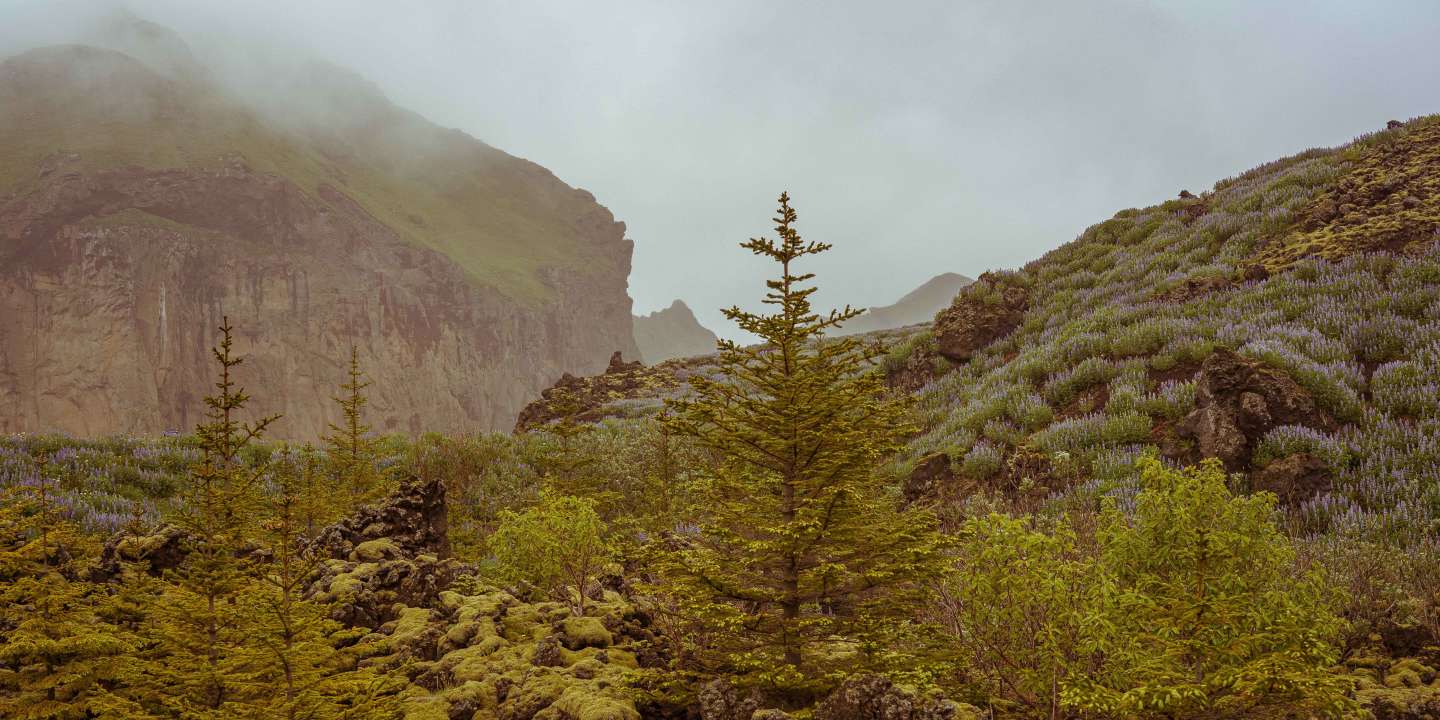

Understanding Soil
Why Does Iceland Have No Trees
Modified: February 8, 2024
Learn about why Iceland has no trees and explore the importance of understanding soil in this fascinating article.
(Many of the links in this article redirect to a specific reviewed product. Your purchase of these products through affiliate links helps to generate commission for Chicagolandgardening.com, at no extra cost. Learn more)
Table of Contents
Introduction
Iceland is a unique and captivating country, known for its stunning landscapes, vast glaciers, and active volcanoes. One striking feature that sets Iceland apart from other countries is its lack of trees. Yes, you heard that right – Iceland has virtually no trees covering its land. This peculiar characteristic begs the question: Why does Iceland have no trees?
Exploring the factors behind this natural phenomenon reveals a fascinating story about the geological and environmental conditions that have shaped the country. From volcanic activity and harsh climate conditions to deforestation and reforestation efforts, Iceland’s treeless landscape is a result of various interconnected elements.
Understanding the reasons for the absence of trees in Iceland is not only an interesting topic of discussion but also provides valuable insight into the delicate balance between land formation, climate, and human influence.
In this article, we will delve deeper into the factors responsible for Iceland’s treeless nature and the ongoing efforts to restore its forest cover. By the end, you will have a comprehensive understanding of why Iceland lacks trees and appreciate the importance of sustainable land management and conservation efforts in maintaining a balanced ecosystem.
Geological Factors
Iceland’s unique geological characteristics play a significant role in the absence of trees on the island. The country sits atop the Mid-Atlantic Ridge, a divergent tectonic plate boundary where the Eurasian and North American plates are pulling apart. This geologically active environment is responsible for the creation of new land through volcanic activity and the constant shifting of the Earth’s crust.
The volcanic nature of Iceland has led to the presence of vast lava fields and rugged terrains. This, combined with the frequent eruptions and volcanic ash deposition, creates a hostile environment for trees to take root and thrive. The soil composition resulting from volcanic activity is often barren, consisting of coarse gravel and volcanic rock that is not conducive for tree growth.
Moreover, Iceland experiences a high level of seismic activity due to its location on the Mid-Atlantic Ridge. Earthquakes and tremors are a common occurrence, further destabilizing the soil and making it difficult for trees to establish deep root systems.
The ongoing land formation processes, including the creation of new volcanic land, contribute to the unstable and inhospitable conditions for tree growth. As a result, Iceland’s geological factors pose a significant challenge to the establishment and survival of trees on the island.
Climate Conditions
The harsh climate conditions in Iceland also contribute to the absence of trees. Situated in the northern latitudes, the country experiences a cold, subarctic climate characterized by short, cool summers and long, cold winters. The average temperature rarely exceeds 10°C (50°F) during the summer months and can drop well below freezing during winter.
The combination of low temperatures, strong winds, and limited sunlight poses significant challenges for tree growth. Trees require a certain amount of warmth and sunlight to photosynthesize and produce energy through the process of photosynthesis. The short growing season in Iceland, coupled with the lack of consistent warmth and sunlight, hinders the ability of trees to grow and develop properly.
The strong, persistent winds in Iceland also play a detrimental role in impeding tree growth. The gusty winds can cause desiccation and physical damage to tree foliage, making it difficult for trees to withstand such harsh conditions. Additionally, the winds can lead to soil erosion, further impacting the stability and fertility of the land.
Furthermore, Iceland’s high amounts of precipitation, primarily in the form of rain, contribute to the unfavorable conditions for tree growth. Excessive rainfall can saturate the soil, leading to poor drainage and waterlogged conditions that are detrimental to tree roots.
In summary, the cold temperatures, strong winds, limited sunlight, and high precipitation levels create a hostile climate for trees to thrive in Iceland. These challenging climate conditions further contribute to the striking absence of trees across the country.
Volcanic Activity
Volcanic activity is a prominent feature of Iceland’s landscape and is crucial in understanding why trees are scarce in the country. Iceland is home to a large number of active volcanoes due to its location on a tectonic plate boundary. The volcanic eruptions result in the release of lava, ash, and other volcanic materials onto the land.
During volcanic eruptions, hot lava flows cover vast areas, destroying any existing vegetation and leaving behind hardened rock surfaces. The lava cools and solidifies, creating barren landscapes that are unsuitable for tree growth. These lava fields, referred to as “hraun” in Icelandic, often persist for long periods, hindering the establishment of new plant life.
In addition to the lava flows, volcanic ash is another significant factor that affects tree growth in Iceland. When volcanoes erupt, they release immense amounts of ash into the atmosphere, which can disperse over large distances before settling on the ground. Volcanic ash is highly abrasive and can damage the leaves, stems, and delicate root systems of trees. It also alters the soil composition by adding a layer of fine particles that can hinder water and nutrient absorption.
Volcanic eruptions in Iceland can be explosive and have far-reaching impacts on the environment. Ash clouds can disrupt air travel, affect air quality, and even impact global climate patterns. These eruptions, though essential for the formation of new land and shaping Iceland’s unique landscape, pose significant challenges for tree growth and regeneration.
It is important to note that volcanic activity in Iceland is unpredictable, with eruptions occurring at irregular intervals. This uncertainty makes it even more challenging for trees to establish and sustain themselves in an environment prone to eruptions and their associated hazards.
Early Settlement and Deforestation
Before the arrival of humans, Iceland was primarily covered in lush vegetation, including birch trees, willows, and other native species. However, with the arrival of the first settlers in the 9th century, the landscape began to undergo significant changes. The early settlers, mainly of Norse origin, relied heavily on timber for construction, fuel, and shipbuilding, leading to widespread deforestation.
The settlers heavily exploited the limited forest resources, cutting down trees at an unsustainable rate. With the absence of proper reforestation practices, the once-abundant forests gradually dwindled, and the treeless landscape started to dominate the island. Over the centuries, the continuous cutting of trees for human needs, combined with natural factors like wind and volcanic activity, perpetuated the absence of trees in Iceland.
Deforestation had severe consequences for the ecosystem as a whole. Without trees, erosion increased, as their roots helped stabilize the soil and prevent runoff. The fertile topsoil was easily washed away, leaving behind infertile and rocky terrain.
Furthermore, with the loss of trees came the loss of habitats for numerous plant and animal species. The absence of tree cover impacted the biodiversity of Iceland, with many species losing their natural habitats and becoming endangered or extinct.
It is worth noting that while the early settlers played a significant role in the deforestation of Iceland, it is essential to recognize the historical context and the reliance of the settlers on trees for their survival and development. Today, efforts are being made to restore and preserve Iceland’s forests through reforestation initiatives and sustainable land management practices.
Soil Composition
The unique soil composition of Iceland is another crucial factor contributing to the absence of trees. The volcanic activity and geological processes that have shaped the island’s land have resulted in the formation of a distinctive type of soil.
Volcanic eruptions release molten lava and other materials onto the land, which eventually cool and solidify, forming basaltic rock. Over time, weathering and erosion break down the volcanic rock, creating a type of soil known as ‘Andosol’ or volcanic ash soil.
Andosol is characterized by its porous and well-draining nature. It has a high nutrient content, making it fertile and conducive for plant growth. However, despite its nutrient-rich properties, Andosol also has some limitations that hinder tree growth in Iceland.
The soil’s porous nature allows for quick percolation and drainage of water, which can lead to dry conditions that are unfavorable for tree roots. The rapid drainage of water also results in the leaching of essential nutrients from the soil, further limiting the availability of nutrients for tree establishment and growth.
In addition, Andosol tends to be sandy and lacks the necessary clay particles that help retain moisture and provide the structure needed for root systems to anchor. The coarse texture of the soil contributes to its poor water-holding capacity and limits the availability of moisture for tree roots.
Furthermore, Andosol soil is easily eroded by wind and water, exacerbating the challenge of maintaining soil stability for tree growth. The erosion of the topsoil can further deplete the limited nutrient supply and hinder the establishment of trees.
The unique soil composition of Iceland, with its porous nature, limited moisture retention, and vulnerability to erosion, presents significant obstacles for tree growth and sustenance. Combined with other factors such as climate conditions and volcanic activity, the soil composition plays a crucial role in the absence of trees in the Icelandic landscape.
Native Plant Species
Although Iceland may be lacking in tree cover, it is home to a variety of resilient and unique native plant species that have adapted to the challenging conditions of the island. These plant species have evolved to thrive in the harsh climate, volcanic soils, and windy environments that characterize Iceland.
One of the most prominent native plant species in Iceland is the Arctic moss (Ceratodon purpureus) which forms extensive carpets on the ground, providing ground cover and helping to prevent soil erosion. Other notable plant species include the arctic willow (Salix arctica), which is a low-growing shrub that can withstand harsh conditions, and the cotton grass (Eriophorum scheuchzeri), which displays distinctive white, fluffy seed heads.
These native plant species have adapted to the short growing season and low temperatures by adopting low, creeping growth forms or maintaining small, compact sizes. These adaptations allow them to conserve energy and withstand the harsh winds and cold temperatures that prevail in Iceland.
The native plant species of Iceland not only contribute to the unique aesthetics of the landscape but also play significant ecological roles. They provide food and shelter for a variety of insect species, which in turn support the local ecosystem. Additionally, the ground cover provided by these plants helps to trap and retain heat, creating small microclimates that can benefit other organisms.
Efforts are being made to protect and preserve these native plant species in Iceland. Recognizing their importance for ecological sustainability, conservation organizations and government bodies are working together to promote the conservation of these plants and their habitats, as well as educate the public about their significance for the environment.
While native plant species have adapted well to the challenging conditions in Iceland, tree growth remains limited. However, initiatives focused on reforestation and introducing non-native tree species that can withstand the conditions are being undertaken, with the aim of increasing tree cover and restoring forest ecosystems to the island.
Human Impact and Reforestation Efforts
Human impact has played a significant role in the absence of trees in Iceland, but it also holds the potential for positive change through reforestation efforts. Over the years, there has been a growing awareness of the importance of restoring the forested areas of the country and mitigating the effects of deforestation and land degradation.
Early settlement and subsequent human activities, such as extensive farming and grazing practices, further exacerbated the deforestation in Iceland. These activities led to the removal of vegetation cover, resulting in increased soil erosion, loss of fertility, and the scarcity of suitable conditions for tree growth.
However, in recent decades, there has been a shift towards recognizing the value of forests for environmental conservation and land restoration. Reforestation efforts have been initiated to reintroduce trees and restore forest ecosystems in various parts of Iceland.
Native tree species such as birch (Betula pubescens) and rowan (Sorbus aucuparia) have been the focus of reforestation projects. These tree species are well-suited to the Icelandic climate and can withstand the harsh conditions. Reforestation involves carefully selecting planting sites, improving soil conditions, and implementing sustainable land management practices to ensure the long-term survival and growth of the new trees.
The Icelandic government, non-profit organizations, and local communities have taken part in these reforestation efforts, recognizing the vital role that forests play in mitigating climate change, protecting biodiversity, and promoting sustainable land use practices. These initiatives not only contribute to the restoration of Iceland’s forest cover but also provide opportunities for education and community engagement.
Another approach that is being explored is the cultivation of non-native tree species that are better adapted to the Icelandic landscape. These non-native species, such as larch (Larix spp.) and Sitka spruce (Picea sitchensis), have shown promising growth and survival rates in experimental plantations. Such initiatives aim to diversify the tree species composition in Iceland and increase overall forest resilience.
Reforestation efforts and sustainable land management practices in Iceland are vital for the restoration of forest ecosystems and the reestablishment of a balanced and sustainable environment. As these efforts continue, it is hoped that the treeless landscapes of Iceland will gradually transform into vibrant and thriving forests once again.
Conclusion
The absence of trees in Iceland is a captivating and multi-faceted phenomenon that can be attributed to various factors. The unique geological features, including volcanic activity and the resulting soil composition, pose significant challenges for tree growth. The harsh climate conditions, characterized by low temperatures, strong winds, and limited sunlight, further contribute to the scarcity of trees on the island.
The historical impact of human activities, particularly early settlement and deforestation, played a significant role in the degradation of forests and the transformation of the landscape. However, in recent years, there has been a growing recognition of the importance of reforestation and sustainable land management practices. Efforts are underway to restore and protect forested areas, utilizing native tree species and experimenting with non-native species that can survive in the Icelandic environment.
The native plant species of Iceland have adapted to the challenging conditions and play essential ecological roles, despite the lack of trees. Conservation efforts are focused on preserving these unique plant species and their habitats to support the local ecosystem.
While the treeless landscapes of Iceland may seem stark and barren, they hold a certain beauty and intrigue. The country’s distinct landscapes and resilient native vegetation continue to evoke a sense of wonder and fascination. The ongoing reforestation efforts and commitment to sustainable land management provide hope for the restoration of forests and the promotion of a balanced and resilient ecosystem in Iceland.
As we continue to learn and understand the complexities of why Iceland lacks trees, we are reminded of the delicate balance between natural processes, human impact, and our responsibility to protect and preserve the environment. Through sustainable practices and efforts to restore tree cover, we can strive to create a harmonious coexistence between humans and nature, ensuring the long-term health and vitality of Iceland’s landscapes for generations to come.
